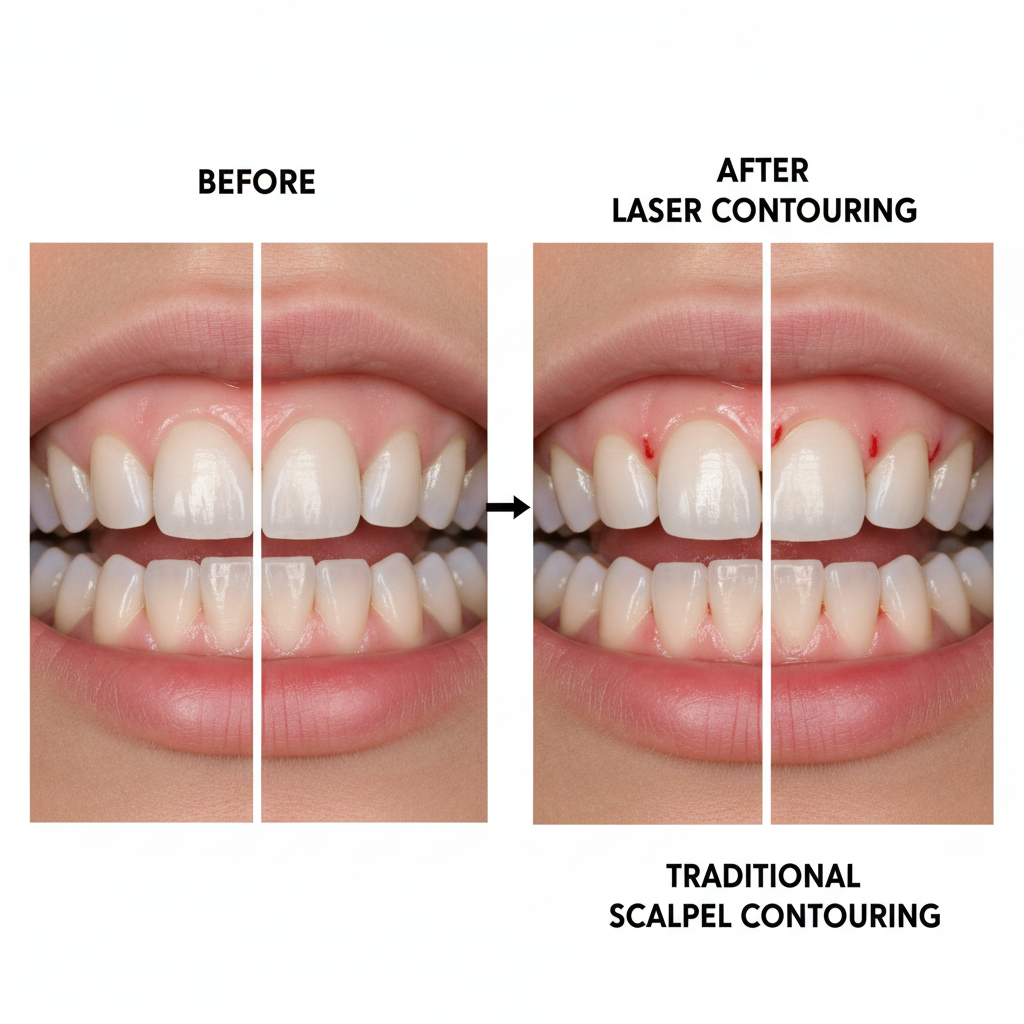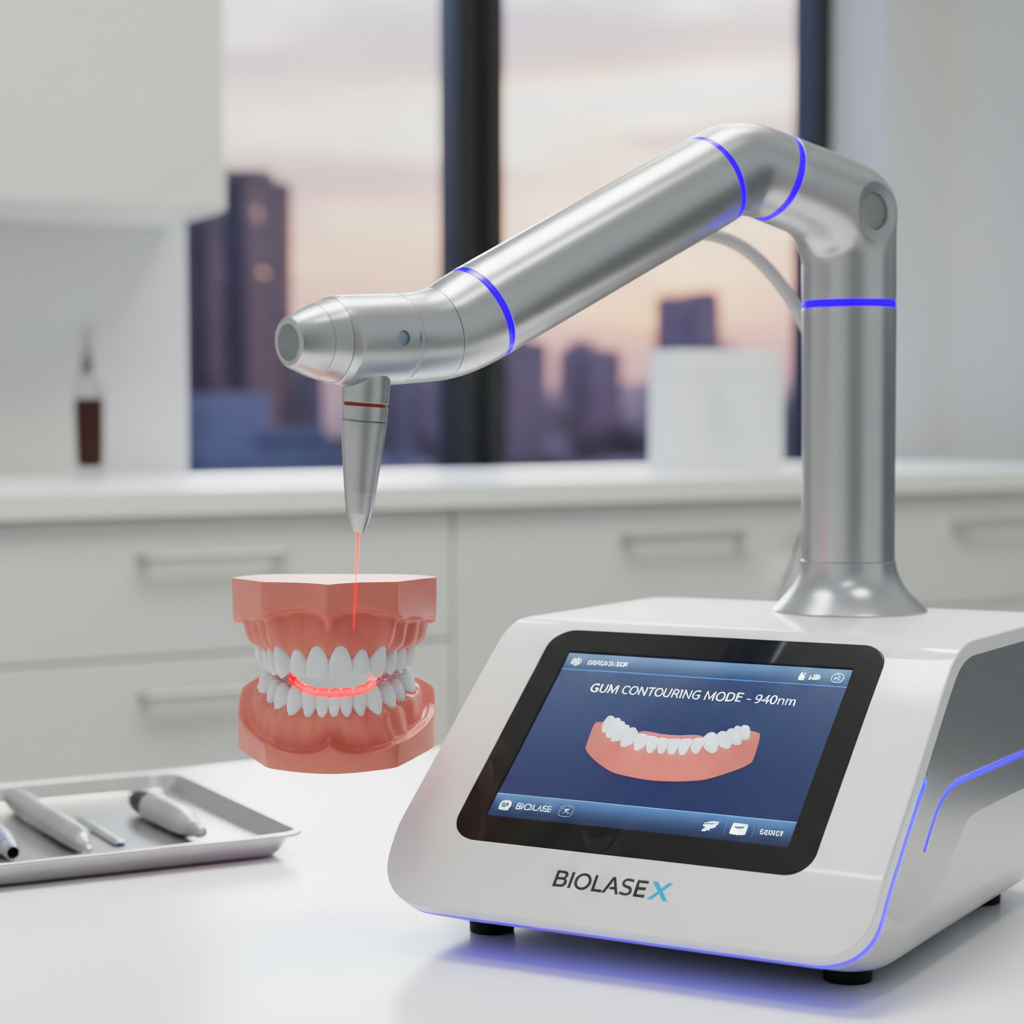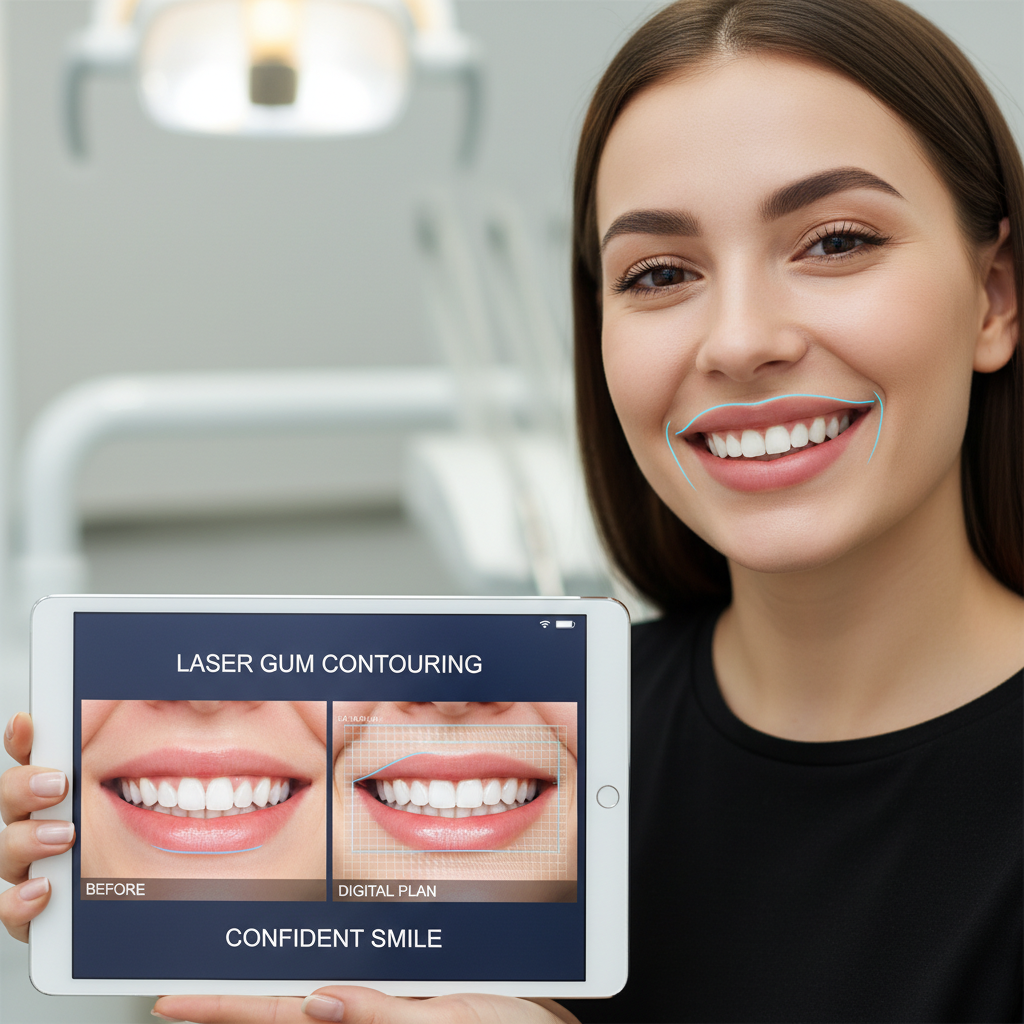
Thinking about sculpting your smile with gum contouring? You’re not alone—tighter gum lines and a balanced smile are trending with cosmetic dental patients worldwide. But here’s the catch: today’s technology offers a dilemma—stick with tried-and-true scalpel surgery, or pay a premium for high-tech laser gum contouring. Whether you’re after a Hollywood smile or correcting uneven gums, the burning question is: is the cost of laser contouring actually worth it compared to traditional methods?
Why Laser Is Getting All the Hype (and the Higher Price Tag)
Cosmetic dentistry is in the middle of a high-tech revolution. Laser gum contouring is front and center, promising less pain, faster healing, and ultra-precise results. In contrast, traditional scalpel-based surgery remains the budget-friendly standard, but usually means more downtime and discomfort. The buzz? Modern patients increasingly demand the kind of minimally invasive, digital-first treatments that lasers deliver.
The Real-World Price Breakdown: Laser vs. Scalpel
- Laser Gum Contouring (U.S. market, 2025): $200–$400 per tooth for minor reshaping, or $1,000–$4,000 per quadrant for advanced laser periodontal therapy. A full-mouth cosmetic package can hit $6,000 for premium clinics.[1][3][5]
- Traditional/Scalpel Gum Surgery: $1,000–$3,000 per quadrant. For simple contouring, it may drop to $200–$300 per tooth.[2][5]
Laser treatments use advanced devices like the BIOLASE Epic X and Fotona LightWalker—coveted for their precision and comfort, but also part of what drives costs up. Some clinics brand full smile makeovers with names like LANAP® (Laser-Assisted New Attachment Procedure) for periodontal disease or “GumLase Contour” for purely cosmetic work.

Pain, Healing, and Comfort: Where Laser Pulls Ahead
Here’s where laser technology starts to justify its price tag:
- Minimally Invasive: Laser vaporizes tissue with pinpoint accuracy—minimal bleeding, little swelling, and a much lower risk of infection.[4][7]
- Lighter Anesthesia: Many laser procedures can be performed with only topical numbing, skipping the needles or IV sedation sometimes used for scalpels.[4]
- Faster Healing: Downtime for laser contouring? Often just 1–3 days. Scalpel methods can mean up to a week or more off work or social activities.[2][3]
Aesthetic Precision and Customization: Digital Dentistry’s Secret Weapon
Lasers shine when it comes to smile design:
- Digital Planning: Most high-end clinics now use 3D digital smile design (DSD) to map out gumlines before treatment. Lasers allow your dentist to follow that plan to the millimeter—no more guesswork or uneven results.
- Tissue Selectivity: Lasers can be tuned for soft tissue only, preserving underlying bone and tooth structures—crucial for long-term periodontal health.[10]
- Smoother Healing: Because lasers seal blood vessels and nerves as they cut, you’re less likely to have post-op discomfort or those dreaded “black triangles” in your smile.
Complication Risk: Safety, Infection, and the “Redo Factor”
| Aspect | Laser Gum Contouring | Traditional Scalpel Surgery |
|---|---|---|
| Bleeding & Infection | Minimal, often none | More common; sometimes needs sutures |
| Need for Retreatments | Rare, thanks to precision | Occasional, especially for uneven results |
| Post-op Pain | Mild, mostly soreness | Moderate to severe; pain meds often required |
Pro Tip: Always ask if your clinic uses the latest laser models and digital planning—this isn’t just for show; it directly impacts comfort and outcome.
Long-Term Value: When Paying More Today Means Saving Tomorrow
Here’s a dirty secret: the lower upfront price of scalpel-based gum surgery can balloon over time. Why? More frequent follow-ups, possible corrections, longer recovery (hello, time off work!), and higher risk of complications. Compare that to the laser route: the higher initial outlay can actually save money in the long run due to fewer repeat procedures and virtually no post-surgical surprises.[2][4][6]

FOMO Alert: Are You Missing Out By Skipping Laser?
Premium cosmetic clinics are increasingly marketing laser contouring as an “elite” option—think VIP recovery lounges, smile design simulations, and instant Instagram-worthy results. There’s a reason social media influencers and business professionals are investing in this upgrade: the benefits are real, and the results are often more predictable.
Is Laser Always the Winner? When Traditional Still Makes Sense
Not everyone needs to pay a premium. If you have minor cosmetic concerns, a skilled dentist with a scalpel can achieve great results at a lower price. For severe gum disease, however, many periodontists recommend laser as the standard—sometimes insurance will even partially cover it if there’s a medical (not just cosmetic) reason.[3][8]
How to Decide: Practical Steps for Patients Ready to Act
- Get a Personalized Consultation: Request digital smile design previews and estimates for both laser and traditional options.
- Ask About the Tech: Look for clinics using up-to-date lasers like the BIOLASE Epic X or Fotona LightWalker. These models are associated with the best outcomes and minimal discomfort.
- Insurance Check: Confirm whether your plan covers any part of the procedure if there’s a functional need (some plans pay for laser when treating periodontal disease).
- Time vs. Money: Factor in recovery time, potential lost workdays, and risk of repeat visits—not just the sticker price.
- Book Soon: High-tech practices often have waitlists for their top cosmetic dentists, especially around wedding/holiday seasons. Don’t get left out.
Final Word: Is the Higher Laser Price Tag Worth It?
If you want the fastest, most comfortable recovery with ultra-precise results—and can justify the investment—laser gum contouring is often worth every penny. But savvy patients should weigh their own needs, the complexity of their case, and whether premium tech really makes a difference for them. For many, the peace of mind and rapid healing are priceless. For others, a skilled hand with a scalpel gets the job done at a discount. The choice is yours—just don’t make it blindly.

Ready to transform your smile? Act now: consult with a digitally focused cosmetic dentist, compare treatment plans, and reserve your spot before the latest tech (and the best appointment times) are gone!


